Birds are often associated with beauty, grace, and freedom. However, some birds can be dangerous and even deadly. North America is home to many birds of prey and other species that have sharp claws, talons, and beaks.
In this article, we will explore the top 8 most dangerous birds in North America. These birds are known for their aggressive behavior and can cause serious injuries to humans and pets.
You are reading: The Top 8 Most Dangerous Birds In North America
It’s important to note that birds with aggressive tendencies are often defending their young or their territory or hunting for food to stay alive.
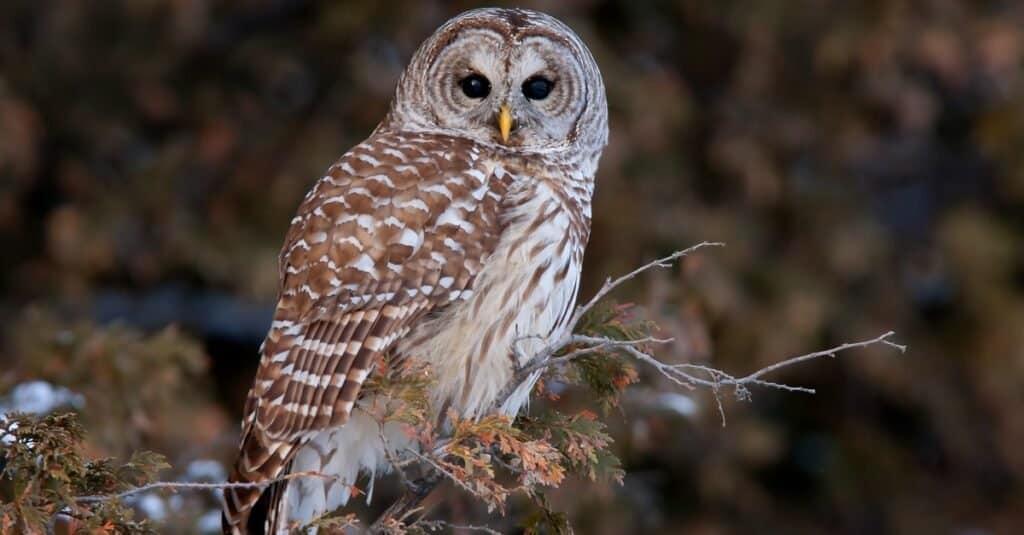
The Top 8 Most Dangerous Birds In North America
Great horned owl
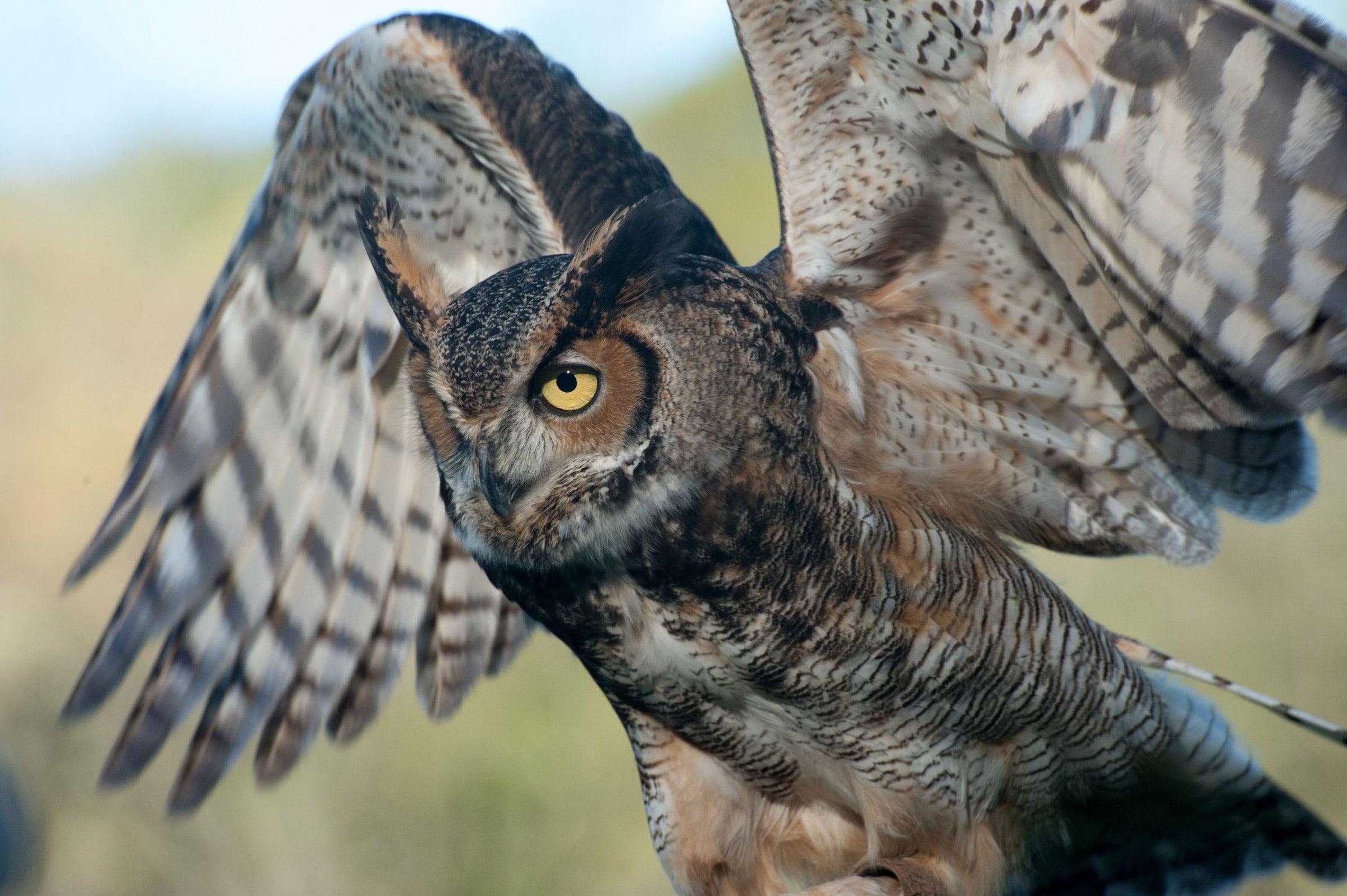
The great horned owl (Bubo virginianus) is a large owl native to the Americas and is known for its aggressive behavior. It is the most widely distributed true owl in the Americas and is an extremely adaptable bird with a vast range.
The great horned owl is heavily built, with a barrel-shaped body, a large head, and broad wings. It is among the world’s most adaptable owls or even bird species in terms of habitat, and can take up residence in trees that border all manner of deciduous, coniferous, and mixed forests.
The great horned owl is one of the earliest nesting birds in North America, often laying eggs weeks or even months before other raptorial birds. This powerful predator can take down birds and mammals even larger than itself, but it also dines on daintier fare such as tiny scorpions, mice, and frogs.
Great horned owls are covered in extremely soft feathers that insulate them against the cold winter weather and help them fly very quietly in pursuit of prey. Their short, wide wings allow them to maneuver among the trees of the forest.
Great horned owls have large eyes, pupils that open widely in the dark, and retinas containing many rod cells for excellent night vision. Their eyes don’t move in their sockets, but they can swivel their heads more than 180 degrees to look in any direction.
It’s important to note that great horned owls can and do attack humans, but not without a reason.
Herring gull
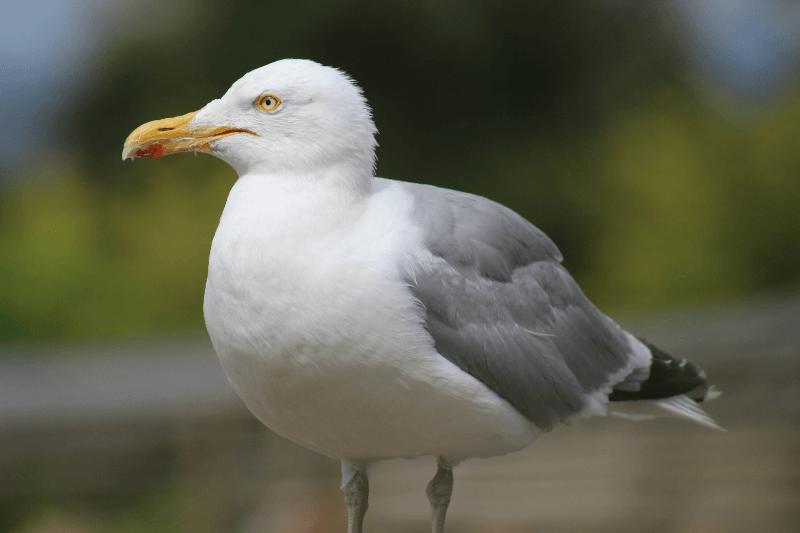
The herring gull (Larus argentatus) is a large gull species that breeds across Northern and Western Europe, Central Europe, Eastern Europe, Scandinavia, and the Baltic states.
Herring gulls are noisy, gregarious birds with distinctive vocalizations. Their loud, laughing call is particularly well known and is often seen as a symbol of the seaside in countries such as the United Kingdom.
Herring gulls are opportunistic scavengers on fish, carrion, and trash, and individual gulls often specialize in a food type. They patrol shorelines and open ocean in widely scattered groups, soaring raptor-like and spiraling down to pick scraps off the surface.
Herring gulls can be potentially dangerous to both animals and humans due to their boldness and sharp beak. They are known for both stealing food and attacking people, especially if they feel threatened or if they have become emboldened because they have found a regular and plentiful source of food.
Herring gulls are colonial nesting birds, and larger species such as the European herring gull can be extremely aggressive toward perceived intruders.
It’s important to note that herring gulls do not attack people, but they simply focus on scavenging for food.
Overall, herring gulls are opportunistic scavengers that can be potentially dangerous to both animals and humans due to their boldness and sharp beak.
Red-tailed hawk
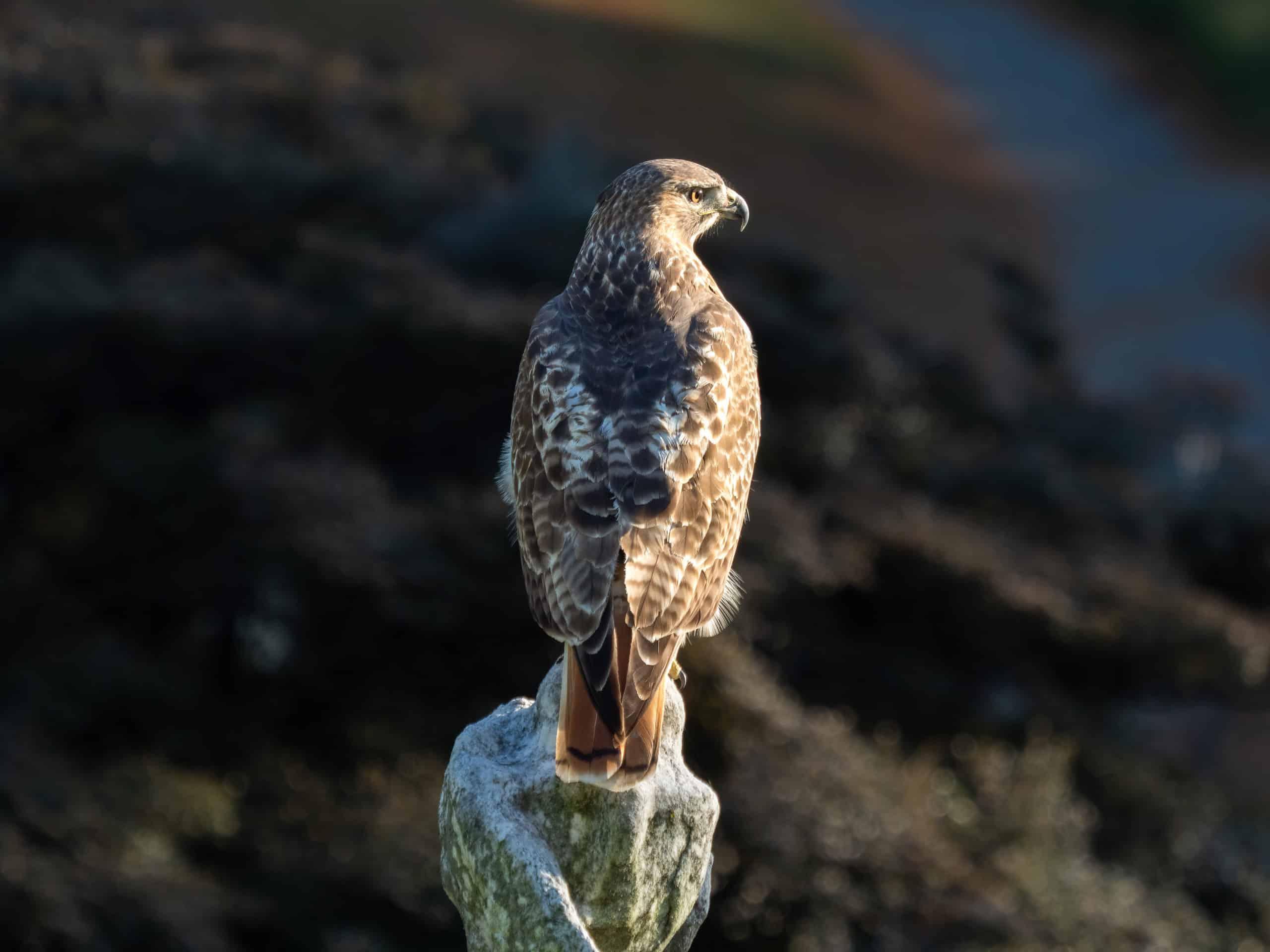
The red-tailed hawk (Buteo jamaicensis) is a bird of prey that breeds throughout most of North America, from the interior of Alaska and northern Canada to as far south as Panama and the West Indies.
Read more : Can A Parrot Bite Your Finger Off
Red-tailed hawks are large hawks with typical Buteo proportions: very broad, rounded wings, and a short, wide tail. They are the most widespread and familiar large hawk in North America, bulky and broad-winged, designed for effortless soaring.
Red-tailed hawks are often seen perching atop telephone poles, light posts, and edges of trees. They are opportunistic hunters and feed on a variety of prey, including rodents, rabbits, lizards, and other small animals.
Red-tailed hawks are monogamous and often mate for life. The female hawk lays one to five eggs, which are white with brown spots, and the parents take turns sitting on the eggs, keeping them warm and safe. Baby red-tailed hawks are covered with white, downy feathers, and the hawk parents feed their young until the young birds can leave the nest.
Red-tailed hawks are known for their sharp talons and beak, and can cause serious injuries to humans and pets.
Overall, red-tailed hawks are large, widespread, and familiar hawks in North America, and they are opportunistic hunters that can cause serious injuries to humans and pets.
Golden eagle
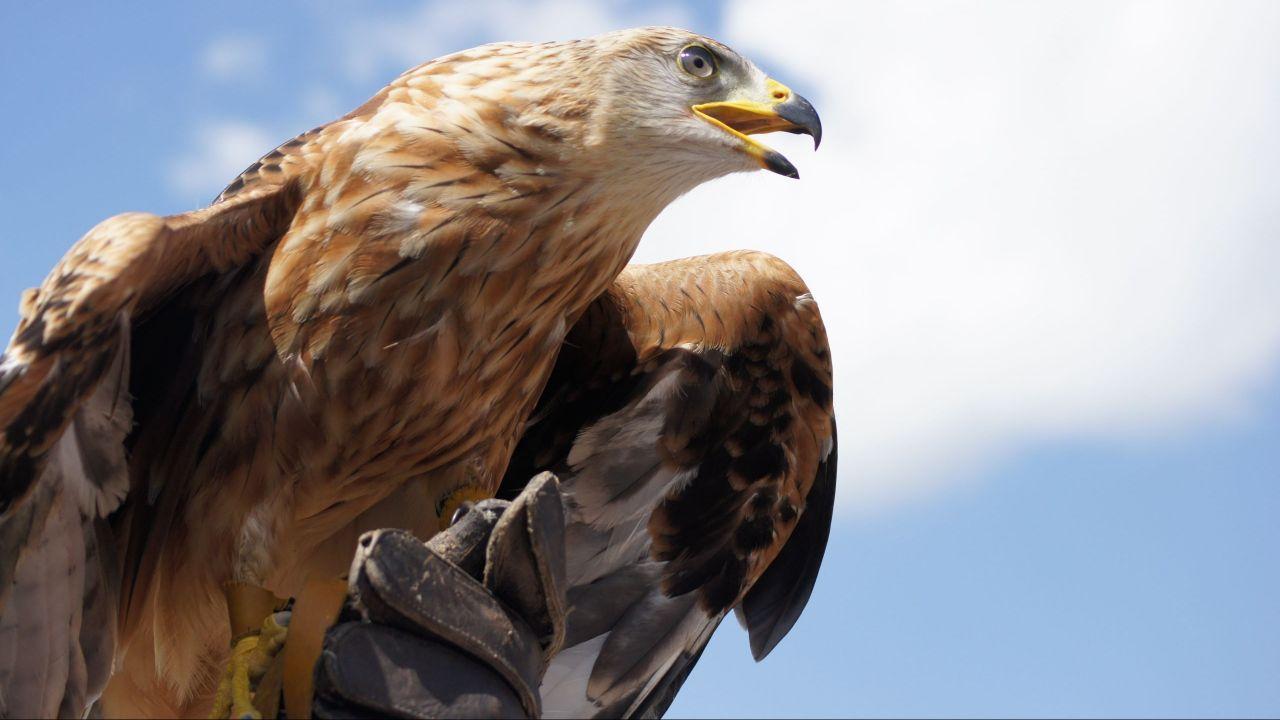
Golden eagles (Aquila chrysaetos) are large birds of prey found in North America, Europe, and Asia.
Golden eagles are powerful predators that can attack and kill prey larger than themselves, including deer and coyotes. There have been some reports of golden eagles attacking humans, but these incidents are rare.
In one case, a golden eagle attacked an 8-year-old girl at an ethnofestival in Kyrgyzstan, but the girl was not seriously injured.
Golden eagles are not typically aggressive towards humans and will usually avoid people if possible. However, golden eagles can be dangerous to small pets and livestock, and they have been known to attack and kill domestic animals such as chickens, rabbits, and lambs.
Overall, while golden eagles are powerful predators that can be dangerous to small animals, they are not typically a threat to humans.
Snowy owl
The snowy owl (Bubo scandiacus) is a large, white owl of the true owl family that is native to the Arctic regions of both North America and the Palearctic, breeding mostly on the tundra.
Snowy owls are the only owl with mainly white plumage, which is an adaptation to their habitat and lifestyle. They are very large owls with smoothly rounded heads that rarely show ear tufts, and their body is bulky, with dense feathering on the legs that makes the bird look wide at the base when sitting on the ground.
Snowy owls are mainly dependent on lemmings and voles throughout most of their Arctic and wintering range, but they are opportunistic feeders and will take a wide range of small mammals and birds when these prey are scarce.
Snowy owls are very aggressive when defending their nest, and they can attack humans if they feel threatened. Their sharp talons and beak can cause serious injuries to humans, and it’s important to give them plenty of space and avoid disturbing them.
Snowy owls nest on Arctic tundra, placing their exposed nests on windswept ridges, mounds, hummocks, and rocky outcrops—areas that have little vegetation, where the birds can keep an eye on approaching predators.
Snowy owls are not considered endangered, but they are vulnerable to climate change and human disturbance.
Overall, snowy owls are large, white owls that are adapted to their Arctic habitat and are known for their aggressive behavior when defending their nest. They are not typically a threat to humans, but it’s important to give them plenty of space and avoid disturbing them.
Harris’s hawk
Harris’s hawks (Parabuteo unicinctus) are a species of bird of prey found in the Americas.
Harris’s hawks are not typically considered dangerous to humans. However, like many birds of prey, Harris’s hawks can be vulnerable to electrocution from unshielded power poles.
Habitat loss, poisoning, and collisions with vehicles are also threats to Harris’s hawks. Harris’s hawks are known for their cooperative hunting style, where some members of the group flush out the prey and chase it towards the other hunters in the group.
Read more : Do Birds Eat Seeds
They have excellent vision, possibly 8 times greater than human vision.
Harris’s hawks are found in semiarid habitats such as mesquite and saguaro deserts as well as canyons, chaparrals, and scrub land.
Overall, Harris’s hawks are not typically considered dangerous to humans, but they can be vulnerable to electrocution from unshielded power poles and face other threats such as habitat loss, poisoning, and collisions with vehicles.
Red-shouldered hawk
Red-shouldered hawks (Buteo lineatus) are a species of bird of prey found in North America.
The biggest threat to red-shouldered hawks is continued clearing of their wooded habitat. Red-shouldered hawks are not typically considered dangerous to humans.
However, they have been known to attack people and pets if they feel threatened. These attacks are rare, and red-shouldered hawks are not known for being an especially aggressive species.
Red-shouldered hawks are slender, forest-dwelling birds of prey that are vulnerable to habitat loss and predation by great horned owls.
Overall, while red-shouldered hawks are not typically considered dangerous to humans, they have been known to attack people and pets if they feel threatened. The biggest threat to red-shouldered hawks is continued clearing of their wooded habitat.
Great northern loon
The great northern loon (Gavia immer) is a species of bird found in North America.
The great northern loon is on the list of the most dangerous birds in North America because it can use its pointed beak as a weapon on a human if it feels its young or its territory is being threatened. Though the person means no harm to the bird or its young, the loon will try to protect its territory.
The diet of a great northern loon consists mostly of fish along with some crustaceans, reptiles, and amphibians. Since these birds spend time in lakes and on the coastlines of North America, they occasionally cross paths with swimmers.
Changing temperature and precipitation patterns may pose a threat to loons, particularly during the nesting period. High temperatures can stress loons, and pollution eliminated common loons in much of eastern North America.
Common loons give a call when they feel threatened, particularly in the vicinity of their nests.
Overall, the great northern loon can be dangerous to humans if it feels its young or its territory is being threatened. However, it is important to note that these birds are not typically aggressive towards humans and will only attack if provoked. The biggest threats to great northern loons are changing temperature and precipitation patterns and pollution.
FAQS
1. What makes a bird dangerous?
Birds that are considered dangerous usually have sharp claws, talons, and beaks. Birds with aggressive tendencies are often defending their young or their territory or hunting for food to stay alive.
2. What is the most dangerous bird in North America?
The great horned owl is thought to be the most dangerous bird in North America due to its sharp talons and beak.
3. Are herring gulls dangerous?
Herring gulls can be potentially dangerous to both animals and humans due to their boldness and sharp beak. They are attracted to the food people bring to beaches and shorelines.
4. Can red-tailed hawks be dangerous to humans?
Red-tailed hawks are known for their sharp talons and beak, and can cause serious injuries to humans and pets. However, they are not typically considered dangerous to humans.
5. Are Harris’s hawks dangerous?
Harris’s hawks are not typically considered dangerous to humans. However, they can be vulnerable to electrocution from unshielded power poles.
6. Can great northern loons be dangerous to humans?
Great northern loons can be aggressive towards humans and other animals, and their sharp beak can cause serious injuries. However, they are not typically aggressive towards humans and will only attack if provoked.
7. Why are these birds on the most dangerous list?
These birds are on the most dangerous list because they have the potential to cause serious injuries to humans and pets. It’s important to give them plenty of space and avoid disturbing them.
Source: https://petstutorial.com
Category: Birds










